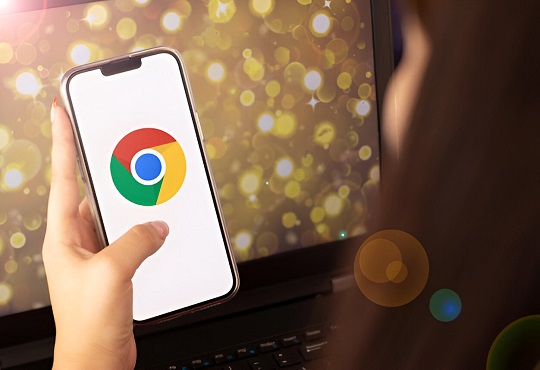Google to Unite Android & ChromeOS Into One Device Platform
CIOTech Outlook Team | Wednesday, 16 July 2025, 03:04 IST

- Google will unify Android and ChromeOS for seamless device usage.
- One platform will simplify updates, boost app performance.
- Aims to rival Apple’s connected ecosystem with tighter integration.
In an assertive step toward streamlining the offerings for experiences across devices, Google is poised to merge Android and ChromeOS into a single, unified platform. The very essence of this integration is to build one ecosystem spanning across smartphones, tablets, and laptops, thus enabling users to interchange between devices effortlessly.
Chromebooks are supported to run Android apps, but both systems remain independent, at least at the core level. Now, the plan by Google is to integrate deeper by including ChromeOS into the Android platform. This will mean common tools, architecture, and design languages-the end user experience will be more connected and development will be easier.
The initiative is already in progress, with recent updates showing that ChromeOS is relying more on Android's software framework. In particular, Android 16, revealed at Google I/O 2025, introduced the new Material 3 Expressive design. This design offers visual improvements, better support for larger screens, and usability similar to desktops. These updates indicate Google's plan to bring its platforms together for a consistent user experience.
Also Read: Google Cloud signs major UK gov pact to cut old tech reliance
The merger promises several benefits. Users can expect faster and more synchronized software updates, consistent app behavior across devices, and improved performance regardless of screen size. Developers will benefit, too. They can build and optimize applications for a single platform that covers multiple device categories. This move puts Google in direct competition with Apple’s tightly integrated ecosystem. Apple has long set the standard for seamless cross-device functionality. Now, Google is working to offer similar fluidity within its hardware and software.
For users, this shift could mean that your Android phone and Chromebook may soon work more closely together. Tasks like syncing apps, sharing files, or picking up where you left off could become as easy and intuitive as on Apple devices.
While Google hasn’t announced a specific timeline for the full transition, it seems the groundwork is already in place. With a growing focus on multi-window support, adaptive user interfaces, and powerful productivity features, the unified platform may greatly enhance user experience and software efficiency. This updated ecosystem could soon let users work, play, and create effortlessly on a phone, tablet, or laptop. It aims to make digital life simpler and smarter across all Google-powered devices.




